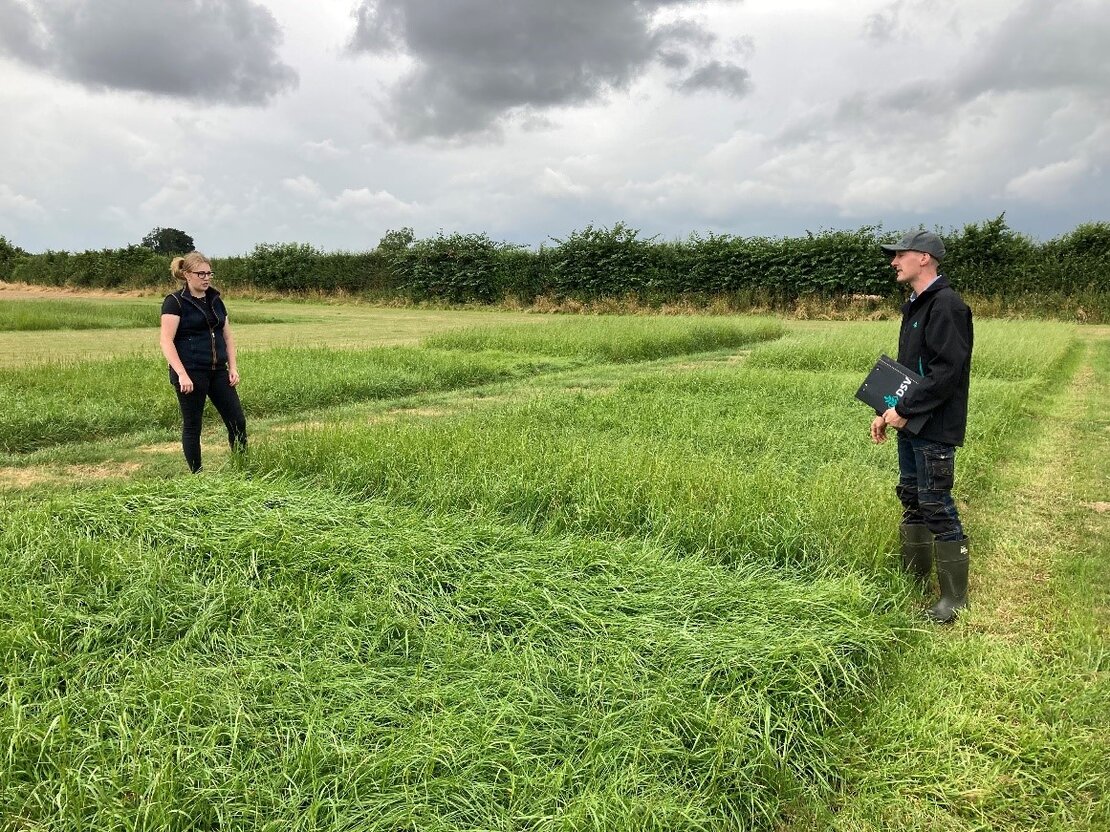Ten thousand perennial ryegrass plants have been assessed in the spring for plant size, shape, colour, disease and time of heading. Afterwards the plants are cut will be assessed again for several later-season traits such as an absence of heading in the regrowth which can be unpalatable to the grazing animal. The central England location of the breeding programme is beneficial in selecting plants tolerant to disease as most years outbreaks from a range of pathogens occur.
New potential varieties are created by inter-crossing of carefully selected plants in an area of rye. The harvest of small areas in done by hand with an ancient tool, the sickle. In this way four and a half thousand plants will be harvested, bagged and transported to drying facilities for later threshing. Seed yield on small multiplications and commercial multiplications are above the average.
The weather this year has been extremely favorable for grass growth once the late springtime start was passed, with none of the drought that has affected us in past years. However it is still wise to identify leys on farm that can be improved with an over-seed or re-seed despite appearing OK at this time.
